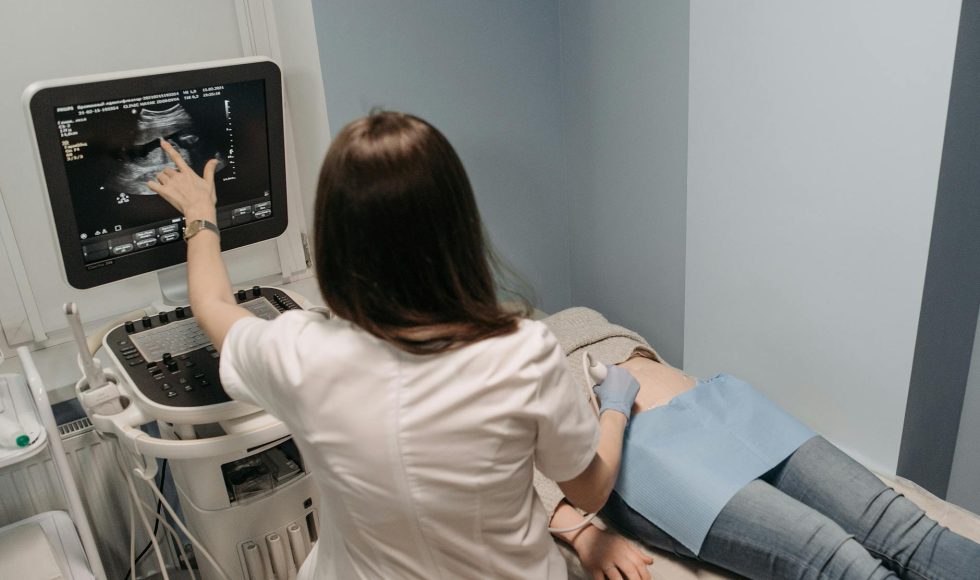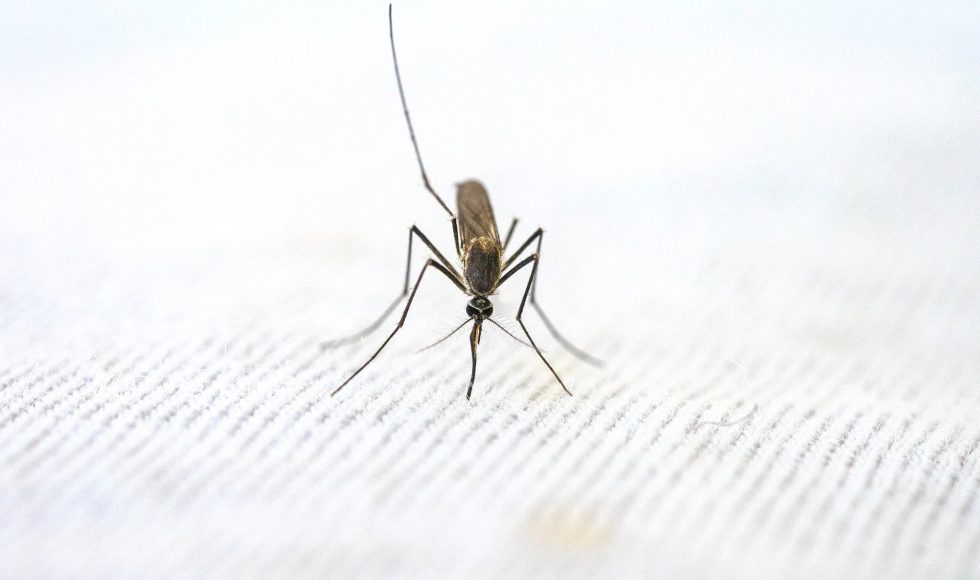Allison Guitor spoke at the Nanopore Community Meeting 2019 on “Harnessing long-read sequencing for antibiotic discovery.” Guitor is from McMaster University in Canada. They noted that antibiotic resistance is on the rise, and there are multidrug-resistant infections. One of the challenges is that bacteria have membranes and mechanisms to remove antibiotics. Guitor shared a timeline […]
Tonight I watched Seda Mirzoyan from Rutgers University present on “Using SIP and MinION sequencing to uncover active microbial communities in blueberry farm and forest soil systems.” This presentation was recorded at the NCM 2019. They spoke about characterizing active microbial communities in farms and soil systems because of the importance of blueberries in the […]
Ema Corro from MYCOmmunity Applied Mycology Inc. in Australia presented at London Calling 2021 on “How MinION sequencing is opening up new possibilities in citizen science and fungal conservation.” I have been thinking about citizen science and community engagement lately. I thought this session would help. Corro spoke about fungi as vital to ecosystem health. […]
Koen Deserranno from Ghent University in Belgium presented a lightning talk at London Calling 2023. The title was “Advancing targeted haplotyping in pharmacogenomics using adaptive sampling.” For example, they explained that pharmacogenomics studies the genetic impact on drug efficiency. There is a need for long-read sequencing for some pharco genes. The current pharmacogenomics information, Deserranno […]
Harika Urel, a Ph.D. student in Lara Urban’s lab at the Helmholtz Al Institute and Technical University of Munich in Germany, presented at London Calling 2023 on “Squiggle analysis for metagenomic viability inference.” I watched this session a couple of months ago and wanted to return to it in preparation for summer research and the […]
I started watching the “Onsite lighting talks at London Calling 2023” playlist. Bradley Hall from Asuragen in the USA presented “The dark side of carrier screening: illuminating hard-to-decipher genes in common genetic disorders with nanopore sequencing.” Hall explained how carrier screening has evolved and the number of gene targets included in different screens. Hall emphasized […]
Chen Yong from Oxford Nanopore helped facilitate the Knowledge Exchange session I watched tonight: “Decoding the epigenome with Oxford Nanopore real-time methylation detection.” This webinar was recorded. Sayonika Mohanta from ONT explained that methylation is central to gene expression. They spoke about the role of methylation in gene expression: her or hypo methylation can affect […]
Hagar Mor-Shaked from the Hadassah Medical Organization and Faculty of Medicine, Hebrew University of Jerusalem, presented a lightning talk at London Calling 2023. The title of the session is “Pathological short tandem repeats analysis by long-read sequencing in affected individuals.” They were also an employee of the Geneyx company that did genomic analysis. Mor-Shaked spoke […]
Tonight I watched the session by Alyssa Barry from Deakin University in Australia. They presented on “Targeted nanopore sequencing using hybridisation probes reveals immune escape polymorphisms in malaria vaccine candidates.” Barry mentioned this work was done by a Ph.D. student in their lab. Barry spoke about malaria vaccines and the challenges with immune escape. The […]
Babita Singh from the CSIR National Botanical Research Institute in India presented at London Calling 2023 on “Exploring targeted genetic diversity in the core Indian cotton germplasm using Oxford Nanopore platforms.” Singh spoke about the importance of cotton and that they are “unicellular epidermal trichomes of ovules.” Singh explained that the top cotton-producing countries are […]











